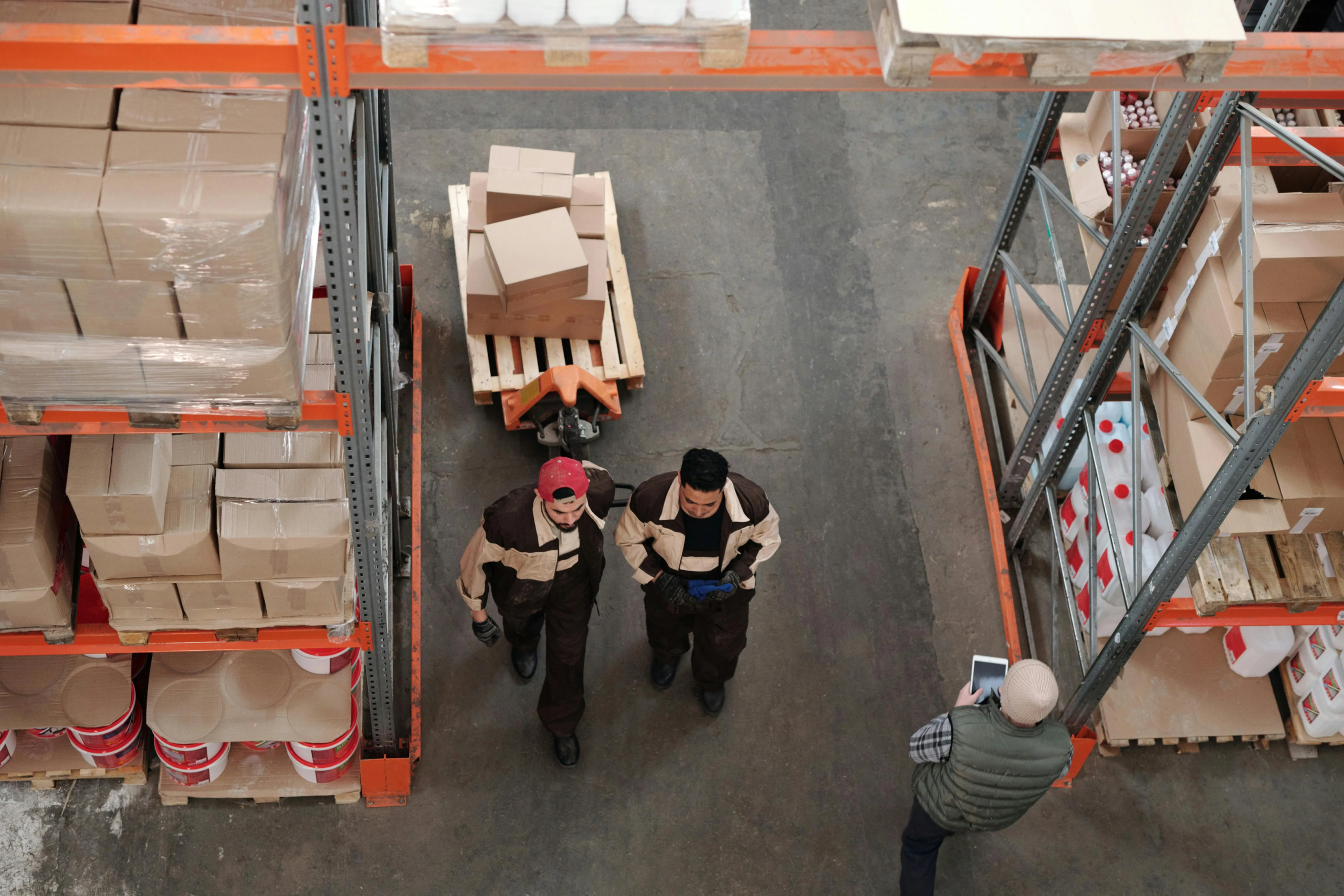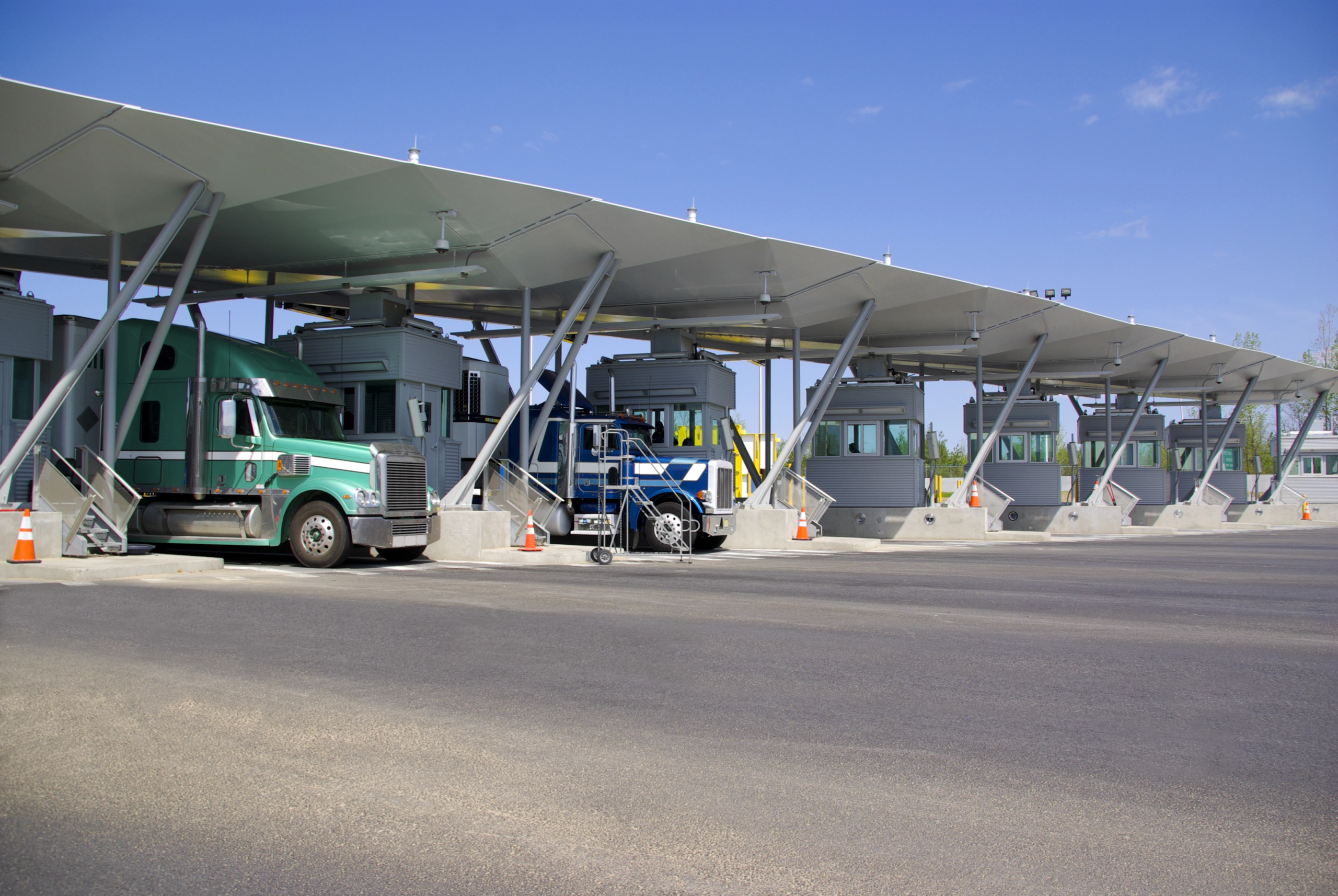Whether you’re a truck driver, carrier, or owner-operator, staying informed about market rates and industry trends is essential. However, effective communication within the trucking industry goes beyond this. Understanding various industry terms is crucial when interacting with shippers, brokers, and other stakeholders. Among these terms, one that is particularly pivotal and often misunderstood is “live load.” So, what is a live load in trucking? Explore our in-depth examination to uncover the concept.
A common question for those entering the trucking realm may arise: What defines live trucking? While it might be tempting to associate the term with transporting live cargo, such as animals (cows, pigs, horses), the reality of live load in trucking involves positioning a trailer at the loading bay and awaiting workers’ loading or unloading of freight. Unlike swapping trailers, a live load scenario involves retaining a single trailer while others handle the cargo transfer.
Despite its seemingly straightforward definition, live load trucking introduces complexities. In this mode, you’re given a specific timeframe to be present at the loading and unloading facility. Typically, live loads take around two hours each. However, this timeframe depends on various factors, including the nature of the freight being transported, the number of workers facilitating the process, and overall yard activity. The initially estimated two-hour duration can extend to three, four, or even more hours.
Regardless of the duration, waiting is inherent in live load trucking. Given that the live load definition involves lingering while workers handle cargo transfer, it’s not surprising that waiting times can be prolonged. Truck detention fees can be charged by shippers to mitigate potential losses during extended waiting periods. Negotiating these detention fees with shippers in advance is advisable, ensuring compensation for the time spent waiting.
What are the pros of live loads?
Live loads offer a range of benefits, making them attractive choices for both carriers and owner-operators.
- Using the same trailer consistently promotes a deep understanding of its components, such as tires and safety features. This helps avoid issues with worn-out trailers containing faulty brake lights or leaky tires, preventing additional stress and time delays during journeys.
- Live loads provide greater control over your truck’s weight, a critical consideration given legal limits on truck and trailer weight. Unlike pre-loaded drop and hook trailers, live loads allow you to assess and manage the weight before departure. This proactive approach prevents discovering excess weight at a certified scale upon arrival, which could otherwise require immediate removal of items to meet weight requirements. This time-consuming process can impede delivery schedules.
- Any unforeseen delays beyond the planned schedule result in additional detention fees, providing an added financial incentive for your business. In contrast, drop and hooks do not compensate for the waiting time, making live loads a more financially attractive option.
What are the cons of live loads?
While live loads undeniably offer numerous advantages for specific truckers, it’s essential to recognize some drawbacks before fully committing to this approach.
- Indeed, compensation for idling during the loading process is a benefit. Still, this income might be offset by the potential limitation on the number of deliveries compared to the efficiency of drop and hook loads. This could reduce overall earnings, especially if paid per mile, as waiting time at the dock may only sometimes be compensated. Therefore, careful pricing and negotiation with brokers or shippers are imperative to ensure proper compensation.
- Another potential drawback of live loads is the risk of extended queues arising from inadequate planning, inefficient loading practices, or insufficient loading bays at the shipper’s facility. Being stuck in a lengthy line could lead to substantial delays, disrupting your schedule for the day or even the entire week. Given the FMCSA’s limitation of 14 hours on duty at a stretch, a significant delay could significantly reduce your permitted driving time, causing cascading delays and potentially straining your relationships with other shippers.
- Appointment-related delays are one concern, but significant disruptions may also occur if a dock operates on a first-come, first-served basis rather than utilizing appointment slots. Before closing hours, you must reach the facility to avoid waiting until the following day to pick up your load, introducing unwarranted delays.
Awareness of these potential drawbacks is essential for making informed decisions and effectively navigating the challenges associated with live loads trucking.
When Is A Live Load The Best Method For Loading?
While the drop and hook method is generally recognized for its speed and cost efficiency in loading and unloading, there are situations where opting for a truck live load instead of drop and hook makes more sense.
There are examples when you might choose a live load over a drop and hook load if:
There is a lack of space
Drop and hook loads depend on shippers and receivers having expansive facilities with ample space for trailers. In cases where there isn’t enough dedicated parking for trailers to wait while being filled, emptied, or picked up, opting for live loads can help avoid congested yards, significant delays, or potential accidents.
There are no full containers
Even if there is sufficient space in a yard or at the loading bay, there may not be any full containers available when you arrive. This could result in hauling an empty trailer back or having the shipper convert your drop and hook into an unscheduled live load, leading to prolonged waiting times for workers and a loading bay.
There is a lack of shunting trucks
Drop and hook loads require shunting trucks to move loaded containers within the facility. In situations where shunting trucks are unavailable, backups can occur. Shippers or receivers facing a shortage of shunting trucks often find live loads to be a more practical option.
You’re hauling perishable goods
Live loading is particularly beneficial for perishable goods, as they can be loaded and unloaded immediately at the loading dock instead of spending extended periods waiting in a parking lot. LAX Freight adeptly navigates the complexities of smaller carriers, space constraints, and shortages, offering pragmatic insights for optimal loading methods.
Contact us today to operate with efficiency in the dynamic realm of the trucking industry.



